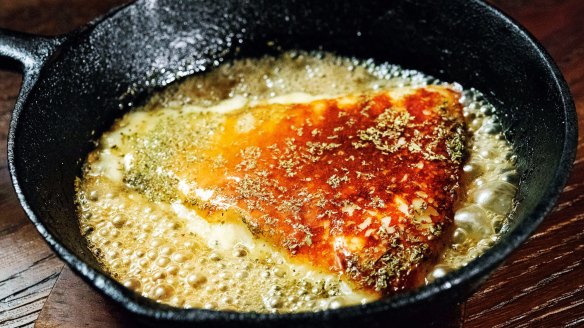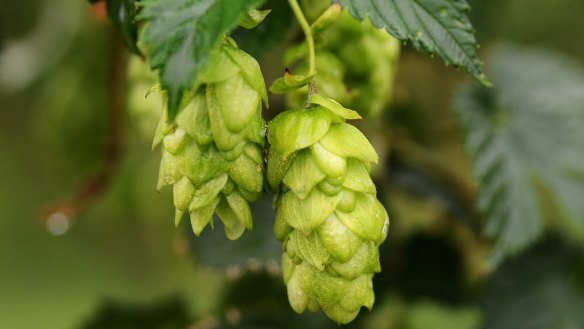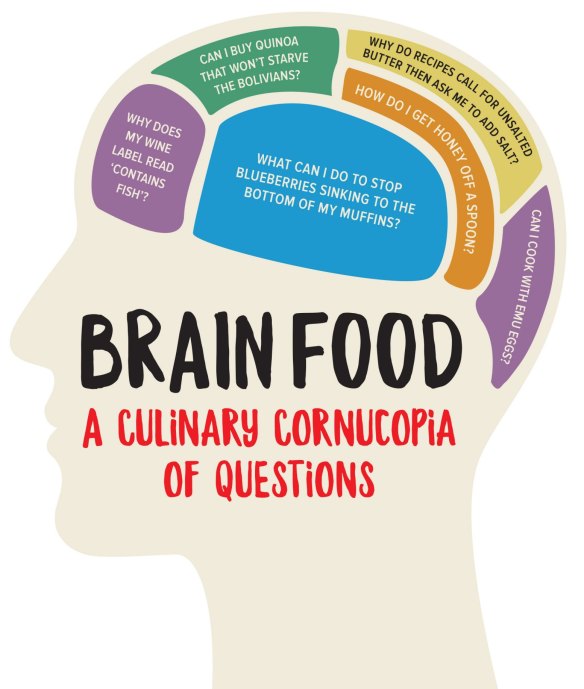Cheese makes everything taste better. Fact.
Cheese is nature's flavour-enhancer, containing amino acid that drives our taste buds wild.

- How to make the perfect cheese platter
- Meet the garlic bread and cheese toastie
- South Australian cheese-maker given green light for raw milk cheese
- How to make provoleta - Argentina's bubbling melted cheese
How come everything is better with cheese? F. Moylan
Because cheese is nature's flavour enhancer. Long before the international food companies made food bland by putting it through factories, people were making cheese to store their surplus milk. Once curdled by rennet, cheese loses most of its moisture as whey. Much of what is left is protein and fat, with salt added as a preservative. As cheeses such as parmesan, pecorino and gouda age, the milk protein breaks down into amino acids, which our taste buds detect as umami or yumminess. When we eat meat or other foods high in amino acid such as mushroom, tomato, asparagus or cheese, they taste extra good, and the older the cheese, the greater the effect.

Where can I buy hop shoots? H. Stoddard
Don't tell me they are the next super food! Or are you an esoteric food tragic, always after something no one else is eating just so you can be different? I used to suffer from this form of gastronomic onanism too. You'll get over it. Or you could simply be interested in peasant cuisine as hops were once eaten as a tender green vegetable across Europe. Hop vines grow the flowers that are used to make beer bitter. It is a perennial plant, reshooting from below ground at the end of winter, and provides much-needed vitamin C after the long cold. But for every hop shoot you pick, there is one less vine producing hop flowers. Today, they are Europe's most expensive vegetable, topping €1000 a kilogram. In Australia they are almost impossible to find in the market but a few growers sell them to restaurants. Every year Melbourne chef Guy Grossi gets a supply and they are coming into season now. "In the north of Italy in Veneto we call them bruscandoli," his son Carlo says. "We blanch them and add them to risotto, where they impart a rich, hoppy nutty flavour to the dish. They have the texture of the rice itself and are a perfect match with vermentino." Some chefs we spoke to said hop shoots also have a hashish-like aroma, before sheepishly declining to reveal how they knew what hash smelled like.
Letters and feedback

A few years ago, a reader wrote in wondering how to get rid of weevils. We at the Brainfood Institute replied: "Weevils are like Benedict Cumberbatch – they are in everything." We also commented that what we refer to as weevils are most likely to be Indian meal moth larvae. We suggested cleaning out the cupboard, storing food in glass jars and then sprinkling fresh bay leaves around. I am pleased to report that following our own advice after a severe infestation a few years back, we have kept the bloody little grubs at bay. We have replaced the bay leaves with a small bough of fresh bay leaves and hope to maintain an insect-free pantry.
Send your vexing culinary conundrums to brainfood@richardcornish.com.au or tweet to @Foodcornish
Brain Food by Richard Cornish is out now from MUP (RRP $19.99, eBook $11.99).
